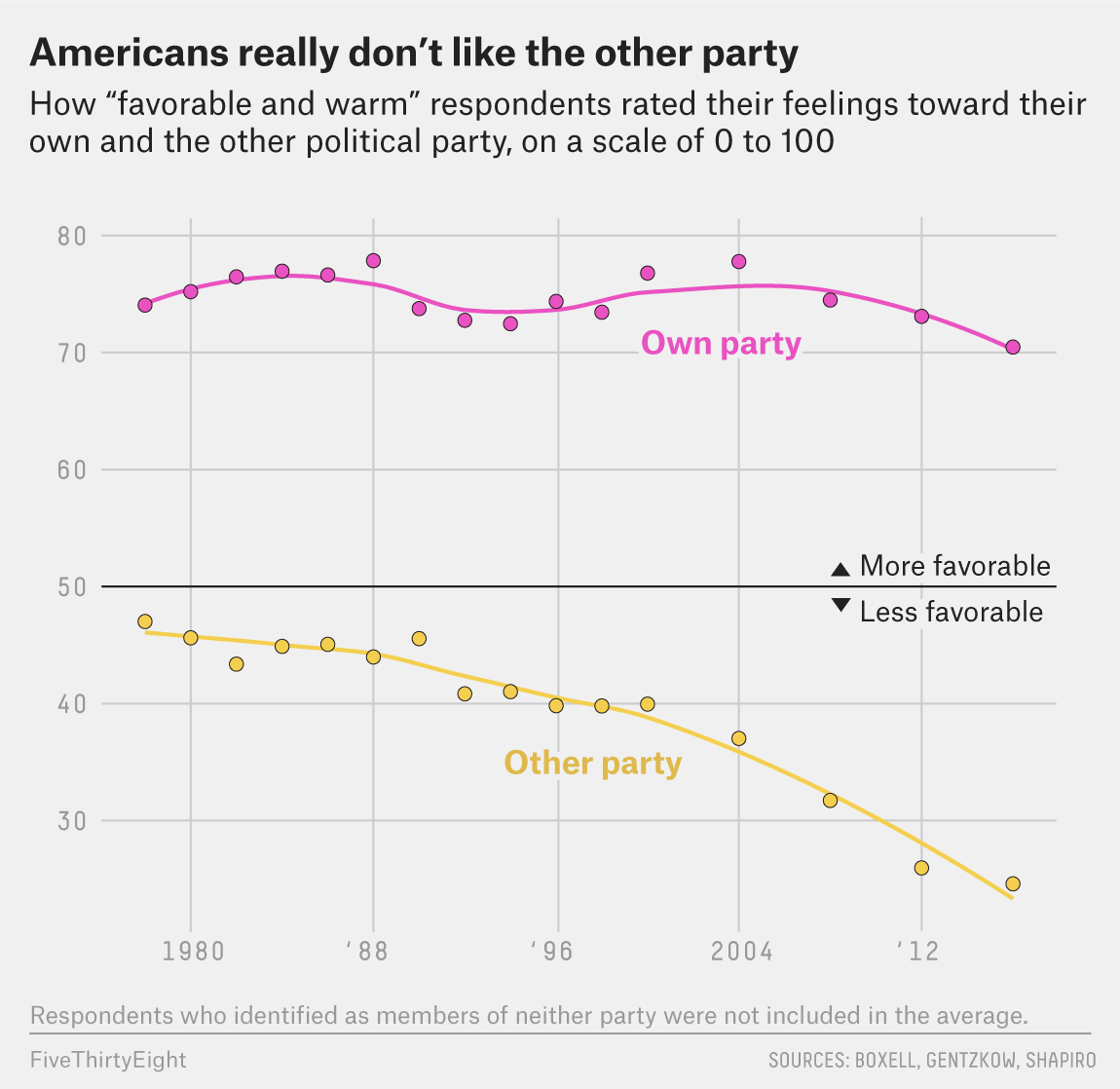-

BART could have traveled up to Marin. So what happened?
BART could have traveled up to Marin. So what happened?
Photo: Blair Heagerty / SFGate
Image 1 of 17
BART could have traveled up to Marin. So what happened?
BART could have traveled up to Marin. So what happened?
Photo: Blair Heagerty / SFGate
Anyone who makes the three-headed car-ferry-Muni commute to downtown San Francisco from San Rafael knows that it can easily take an hour to an hour and a half — or possibly longer.
That 18.4-mile trip would have taken 22 minutes on a sleek new Bay Area Rapid Transit light-rail train, a map of proposed BART routes predicted in 1961.
So why didn’t BART build an SF-to-Marin County line, saving thousands from soul-crushing daily commutes? Well, its engineers wanted to, but to do so they needed to put trains on the Golden Gate Bridge. And that’s where the problems began.
In 1962, years before the first BART trains rolled, transit planners were already mapping five possible extensions beyond the core system. The first four have been realized, at least partially:
— An extension from Concord to Antioch. It was completed in phases (North Concord/Martinez in 1995, Pittsburg/Bay Point in 1996).
— A line to Livermore. It ground to a halt seven miles short of the East Bay city after reaching Dublin/Pleasanton in 1997.
— A line south from Fremont was extended to Warm Springs in 2017. The goal is to connect with San Jose and Santa Clara by 2027.
— A Peninsula extension south of Daly City added Colma in 1996 and Millbrae in 2003 with a spur to San Francisco International Airport. It was originally conceived as traveling all the way to San Jose along the old Southern Pacific right-of-way (now Caltrain).
The fifth extension was the most ambitious. It called for BART to cross San Francisco and then either tunnel under the bay — the most expensive proposition — or take the Golden Gate Bridge by way of adding a second level under the highway deck to accommodate the trains. The proposed route had stations in Sausalito, Mill Valley, Corte Madera, Santa Venetia, Ignacio and Novato.
A futuristic General Electric advertisement from 1961 depicted a Space Age-style BART train whisking passengers across the bridge above Fort Point as an aircraft carrier passes directly under the span.
The public loved the idea. A 1956 poll found that 87.7 percent of Marin residents wanted a BART line.
Two San Francisco Bay Area Rapid Transit Commission studies, one in 1955 and a second in 1961, reached the same conclusion: The bridge was structurally capable of carrying trains on a lower deck with minor modifications.
It seemed like the simple, fiscally responsible solution. BART’s trains could glide on a retrofitted Golden Gate Bridge to serve a transit-deprived community that overwhelmingly wanted BART. The cost would be millions of dollars cheaper than burrowing under the bay.
But commuters riding BART trains on the bridge would likely mean fewer people driving across the bridge, which meant fewer people paying bridge tolls. And less toll revenue was not something the Golden Gate Bridge District directors were going to accept sitting down. Behind closed doors, they plotted to quash the plan.
“Those who led the board were very much opposed to having BART cross the bridge,” Louise Nelson Dyble, an assistant professor of history at Michigan Technological University, told the Marin Independent Journal in 2018. Dyble is the author of “Paying the Toll: Local Power, Regional Politics, and the Golden Gate Bridge.“
Dyble said bridge officials went searching for a hired gun, a friendly engineer who would rebut the findings of the two train-on-the-bridge studies. They found one in Clifford Paine, a retired, 73-year-old engineer who had worked with Golden Gate Bridge designer Joseph Strauss.
Predictably Paine found that the added weight would stress cables and cause the bridge to sag to the point that it would violate clearance regulations set by the military — a conclusion that Dyble says was dismissed outright by the author of one of the previous studies.
To undercut a proposal to reduce the weight of the bridge by replacing concrete sidewalks with open grating, Paine noted that high-heeled shoe wearers couldn’t traverse the span without their heels getting caught.
Eventually an engineer board of review — whose expenses and fees were paid for by the bridge district, according to Dyble — sided with Paine’s findings that rail on the bridge was not feasible.
Meanwhile BART had another problem: San Mateo County pulled out of the plan in December 1961. The county already had commuter trains operating on the old Southern Pacific right-of-way and balked at taking on the hefty cost of a new rail system.
Losing San Mateo County was a critical setback because BART needed its tax base. With San Mateo out, Marin’s population was deemed too small to support the system. Suddenly the chances of passing the plan seemed dicey.
As the Marin IJ notes, BART officials additionally worried that the conflicting bridge studies might make Marin residents believe that they would never see service and therefore vote against the plan. If Marin voted no, BART officials feared the whole project could collapse.
So they decided to cut bait. BART directors asked the Marin County Board of Supervisors to pull the county out of the system. Reluctantly they did so — “We are withdrawing involuntarily and upon request,” Supervisor Peter Behr said at the time.
After Marin bailed, yet another study investigating the feasibility of rail on a second deck of the Golden Gate Bridge was completed. Like the first two studies, it concluded that the bridge could support BART trains. But it was too late now.
ALSO: The science behind why people get so mad on BART
Some people view BART’s failure in Marin as a blessing in disguise. They maintain that had the line been built, Marin County would have been exposed to rampant population growth and unregulated development. Indeed, Marin in the 1960s lacked the open-space land protections that were slowly adopted only after three lawyers successfully fought the massive Marincello development, a new city that would have turned the Marin Headlands into a sprawling suburb.
But San Francisco State University anthropology professor and ex-Fairfax councilman Niccolo Caldararo, a big fan of BART, says such fears were overblown.
“Can you imagine how easy it would have been to get to San Francisco? The idea that it would have spurred growth is a red herring. It would have been controlled,” he told the Marin IJ in 2018.
“Marin really missed out on something tremendous.”
—
Mike Moffitt is an SFGATE Digital Reporter. Email: moffitt@sfgate.com. Twitter: @Mike_at_SFGate.


